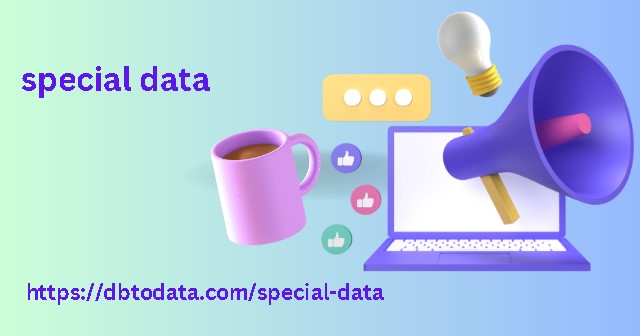Since each bot that visits a page won’t be able to follow all of its links, many of them will end up in that crawl queue. Each subsequent bot will then take care of the next links in the list, adding more as it finds them.
Therefore, if the same link is found
On more than one page, it will understand that it should be prioritiz in its crawl queue. That is, the more incoming links there are to a page, the more it will be crawl. For example: the Home page, which is generally found on all pages of the site, even from more than one point: menu, logos, breadcrumbs, etc.
With all the information
We have provid so far, we can establish the first golden rule of all SEO: Ensure that all content that is going to be offer to the search engine can be read, that is, is link.
So, what power do we have over crawling and indexing? Is there anything we can do to control it? How can we make our pages exist or even cease twitter data to exist for Google? We invite you to continue reading to find out.
Google Analytics 4 vs. Universal Analytics
If digital analytics with Google Analytics was new to you or your business and you found yourself (suddenly) overwhelm by the change brought winning techniques for your online store about by the arrival of Google Analytics 4, whether you were a detractor of the new model, or you are reconsidering changing your measurement tool to GA4, this article will interest you…
Table of Contents
1. Hits.
2. Events.
3. Parameters.
3. Page and Screen Views.
4. Sessions.
5. User.
6. Origin of traffic.
7. Consent.
8. Custom Dimensions and Metrics.
9. Account architecture.
Reports With a simpler installation than
Other analytics tools, a fairly complete free version, and the security provid by the Google brand, Google Analytics has establish itself as the most usa data pragmatic option for digital analysts who were just starting out in data collection and observation and its trends.

